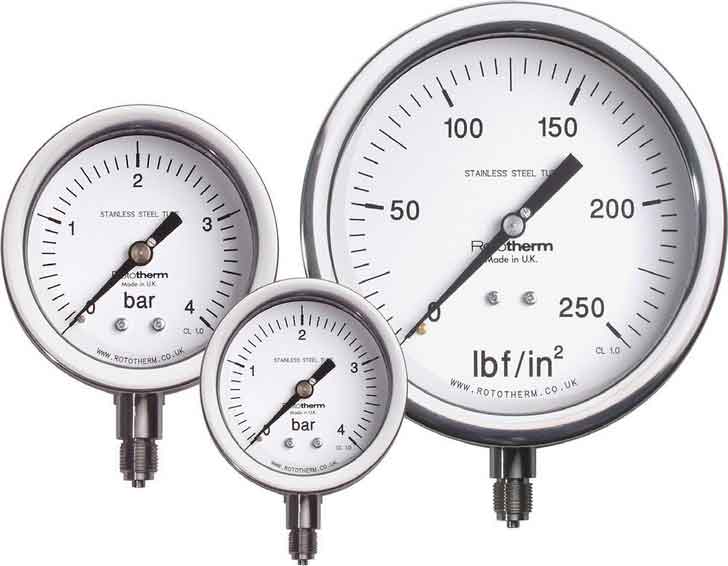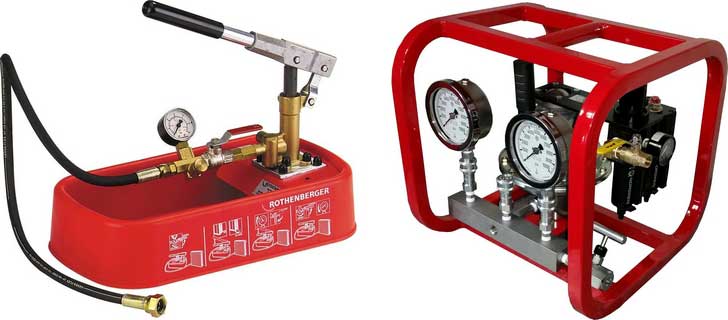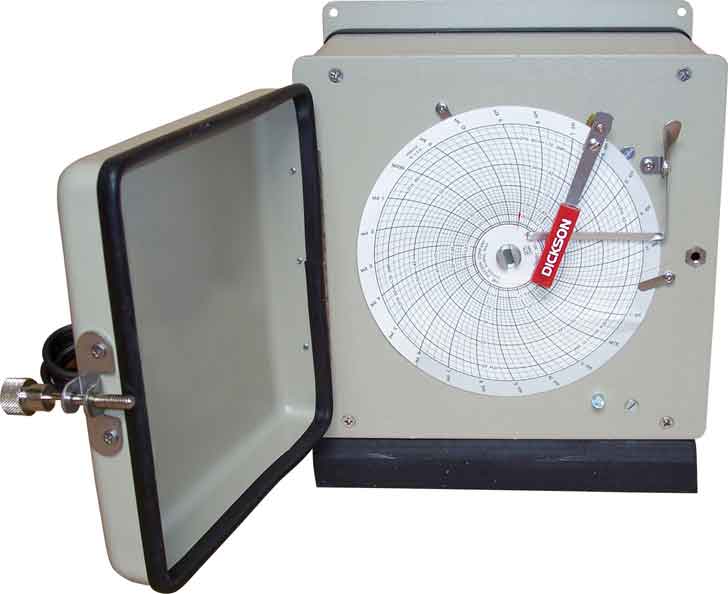Pressure Testing Piping Systems
Pressure testing of piping and pipelines should normally be performed with water. Only in exceptional circumstances should pneumatic pressure testing with compressed inert gas or air be used, and then only under carefully controlled conditions.

HIGH PRESSURE
TESTING
IN PROGRESS
This is because water is virtually incompressible (like other liquids) and only a small amount of energy is needed to significantly increase the pressure. Air, however (like all gases) is compressible and as a result much more energy must be put into the gas to increase the pressure.
At the pressure ranges normally used for testing water supply systems, 200 times more energy is stored in compressed gas than in water at the same pressure and volume.
So if a joint, pipe or other component fails under the test pressure when using compressed gas, the energy can be released with deadly force!
However, when water leakage would cause unacceptable property damage, a pneumatic leakage test at, say, 20mbar can be applied first, followed by a hydraulic leakage test.
If water in pipes is unacceptable, a pneumatic leak test followed by a pneumatic pressure test can be performed, but both employers and employees should be aware of their legal obligations regarding the Occupational Health and Safety Act.
Under this law, employers must provide adequate information, instruction, training, supervision and a safe working environment, and employees must not perform the test in a way that endangers themselves or others.
The test requirement
The water system must withstand an internal water pressure not less than 11/2 times the maximum pressure to which the system or relevant component is subjected during operation.
So for a water system operating at 3 bar, the test pressure is 3 x 1.5 = 4.5 bar.
Sufficient valves are also required to isolate portions of the piping. Installing these valves and drain valves will also facilitate hydraulic pressure testing.
So the test on an all-metal piping system is quite simple.. perform a risk assessment, prepare and pressurize the system to 11/2 times the normal maximum pressure, stop pumping and wait 1 hour to see if any pressure loss occurs while checking the system for visible signs of leakage.
If it is a plastic system or plastic components are used in the system, other acceptable tests should be performed.
Planning for the test
Before conducting a pressure test, a risk assessment must be conducted. This should consider the hazards of stored energy, the possibility of explosion and its consequences, possible missile formation and brittle fracture.
A safe system of work must also be established; this may require a system of work permits, training, the use of written procedures, appropriate venting facilities, suitable tools and equipment, safety restrictions and personal protective equipment, etc.
 Pressure Gauges
Pressure Gauges
Test Preparation
- Check that all high points have a valve or vent to remove air during filling and that they are all closed.
- Block, plug or seal all open ends and close all valves at the limits of the test section of the piping.
- Remove or close all vulnerable in-line fittings and components that may be damaged by the test pressure.
- Open all valves within the enclosed test section.
- Check that the test gauge is functioning correctly, calibrated and has the correct range. Attach the test pump and, if necessary, attach a separate gauge using suitable reducers.
- Check that a suitable hose is available to drain the system.
 Hydrostatic Test Pumps
Hydrostatic Test Pumps
Procedure for hydraulic pressure test
- Start by filling the lines and then "walk" along the section to be tested, continuously visually checking for leaks and listening for the sound of escaping air.
- Systematically release air from all high points of the system to fill it completely with water.
- Once the system is full, increase the pressure to the test pressure.
- If the pressure drops, check that the valves do not blow and recheck the system for leaks.
- If the system is shown to be in working order, have an inspector attend the test if necessary and provide a signature on the test certificate.
- After the test, release the pressure.
If necessary, ensure that the vents on cylinders, tanks, and pressure vessels are open to atmosphere BEFORE draining and replacing the vulnerable components.
If the system is to carry fluids other than water, it may be necessary to dry the lines internally by passing hot air through them (this may take some time).
Temperature and pressure recorder receiver
Depending on the requirements for the pressure test a Temperature and Pressure Recorder Receiver may be necessary.
 Pressure and Temperature recorder-reciever
Pressure and Temperature recorder-reciever
A temperature and pressure recorder-receiver is an instrument designed for general temperature and pressure applications and IT records controlled temperature and pressure on a graph.
The static pressure system consists of a helical bourdon tube connected to a piping system, and measure the static pressure.
The thermal system consists of a spiral bourdon tube, a capillary, and a bulb. Usually all parts made of stainless steel.
The recording mechanism often is a pen system that continuously records data. It converts the mechanical input of the pressure and temperature into lines on a rotating chart.